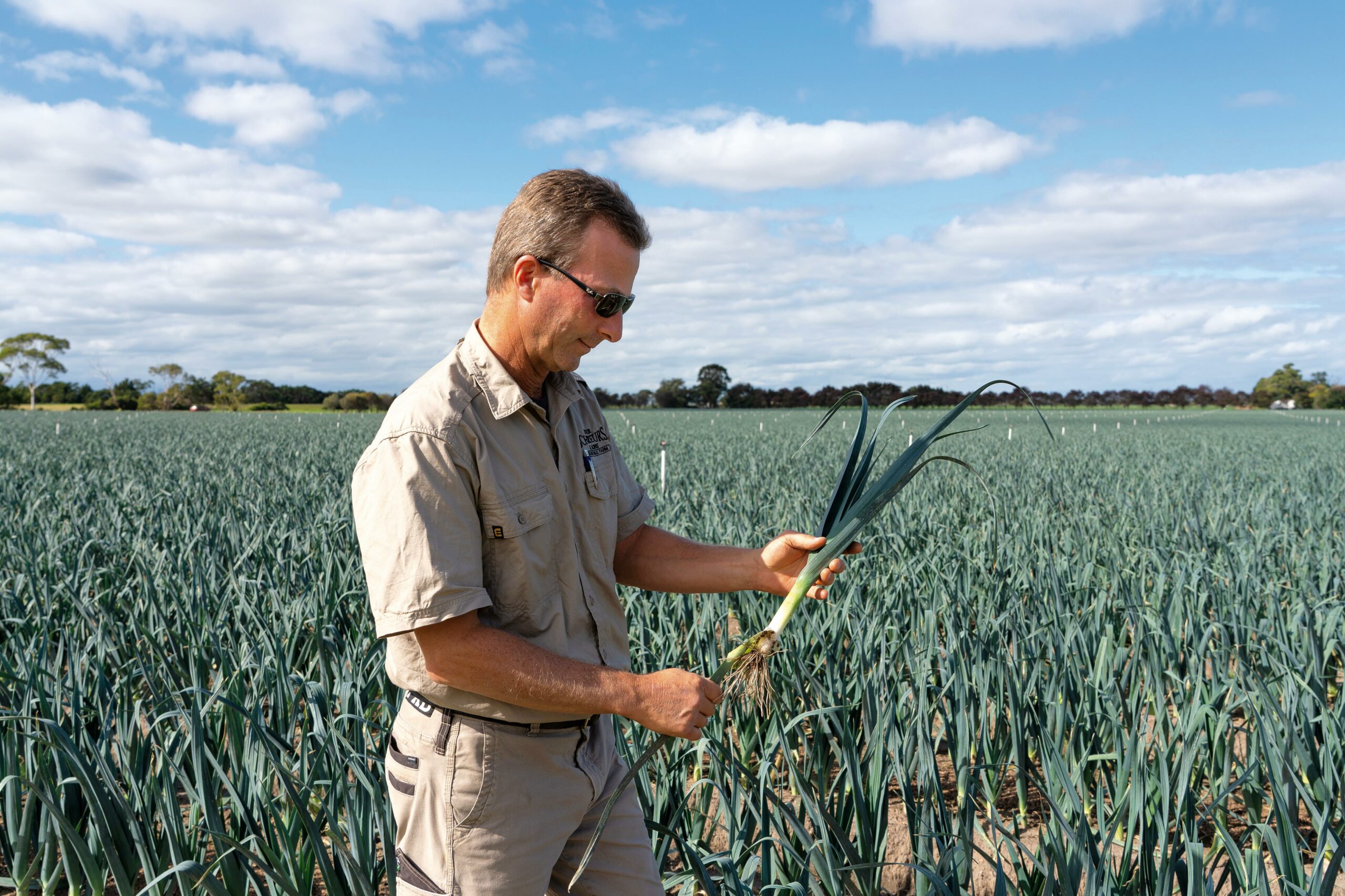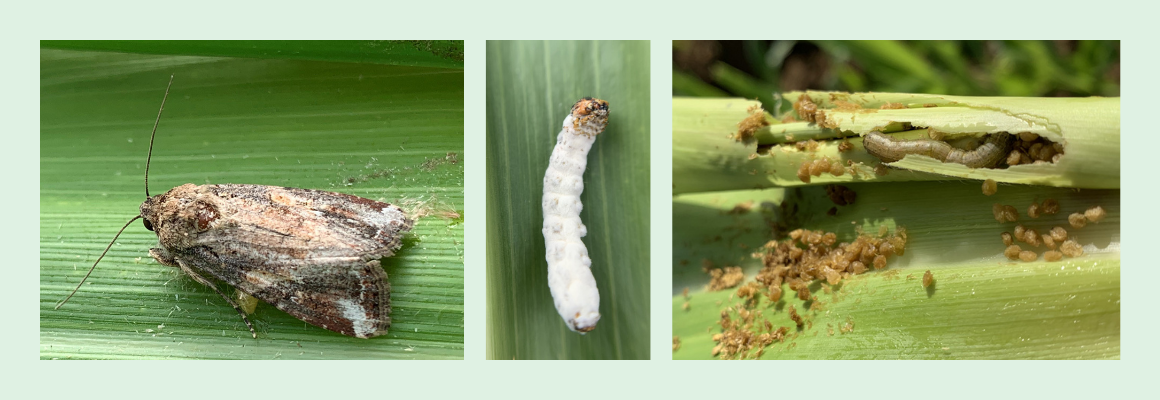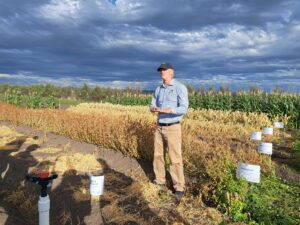
Mixed results inform cover crop success
23 May 2024
Fall armyworm symposium keeps industry informed
24 May 2024The brassica family can provide a positive role in cover crops. How, why and when it is utilised will determine the efficacy of the cover crop in rotation with a commercial crop.
The key to getting the most out of a cover crop is to ask what you want to achieve, how it will be terminated and what window of opportunity is available between commercial crops to plant it.
The fundamental principle of a cover crop is described in its name. It is a crop designed to cover the soil following a commercial crop. The cover crop provides protection from wind and rain soil erosion, builds soil health and structure ready for the next crop.
In southern climates, cover crops are generally planted in the winter, while in more tropical regions it is typically summer. The plants used in the cover crop will therefore be dependent on the region.
Three plant groups are commonly used for cover crops: grasses, legumes and brassicas.
Grasses such as oats, barley, sorghum and millets to improve soil structure and add biomass; legumes include peas, lablab and vetch to fix nitrogen, while brassicas such as mustards and oilseed radishes give excellent biofumigants for disease breaks between crops.
The choice of species needs to be carefully considered to give the benefits without creating pest and disease vectors from the cover crop to the cash crop.
Dr Kelvin Montagu, research scientist with Applied Horticulture Research has been studying the benefits that cover crops can bring for vegetable growers.
“Cover crops help protect the soil from extremes. Heavy rain will pound bare soil breaking down the surface soil structure and washing your valuable topsoil down the hill and worse, off-farm. A cover crop will protect the topsoil and reduce the amount washing away.
“Beyond that there are a number of benefits including building soil structure which is great for infiltration of rain and irrigation, water retention and aeration making it easier for working the soil. With increased soil health comes a lot of microbial activity that helps to reduce soil borne diseases like sclerotium and rhizoctonia.
“If there is a period between cash crops where the soil is fallow, there is an opportunity to plant a cover crop, even a six to eight week window is enough for a general cover crop. If you are looking at a biofumigant or legume cover crop more time will be needed to get the most benefit out of these cover crops.
“It really depends on what you want to achieve from your cover crop. Is it to give an interval between different crops as a disease break? Do you want to add more biomass to improve your soil structure, or is the soil in need of organic nitrogen? Or perhaps a combination of all three.
“The second question that must be asked is how do you plan to terminate the cover crop? Will it be turned in, therefore needing time to decompose before the cash crop, or will it be cut and left as a mulch on the surface. The time frame needed for termination plus the growth time of the cover crop will determine how long you have for the cover crop between your cash crops.”
Brassicas as a biofumigant cover crop
Brassicas can be used as a cover crop on their own, but it is important to note that using a brassica cover crop should not be in rotation with brassica vegetables as the pest and disease risk will be the same.
As a means of breaking the cycle of soilborne diseases, pests and weeds, the brassica family – mustards, radishes and rocket – produce compounds that suppress the effects through biofumigation. Studies undertaken by Queensland Department of Agriculture and Fisheries in the project Optimising cover cropping for the Australian vegetable industry (VG16068) showed that brassicas can be effective on basal rot (Sclerotium rolfsii); onion white rot (Sclerotium cepivorum); charcoal rot (Macrophomina phaseolina); white mould (Sclerontinia sclerotorium); rhizoctonia and verticillium wilt.
The researchers determined that the release of the active compound, glucosinolates is at its highest concentration when the plant is at 25 per cent flowering. The level of glucosinolate is dependent on the variety of plant.
For example, Caliente has low efficacy against charcoal rot during autumn to spring but is quite effective during the summer. Conversely, Nemfix is highly effective for basal rot during the winter/spring, but poor during summer and autumn.
Kelvin said it is important that if you are looking to use brassicas as a disease break, that it not be used in a mix to ensure the full potential. Using it in a mix, effectively dilutes the level of active compounds and may add to the problem.
“I had a leafy veg grower with problems with sclerotinia. He tried a biofumigant cover crop over winter prior to planting lettuce with good results. The process was repeated for a number of years with good results.
“After hearing about the effectiveness of cover crop mixes, he opted to give it a go. It was the worst lettuce crop in years. Effectively what had happened is that by adding a legume in the cover crop mix, he had added a source for sclerotinia to infect, and had not broken the disease cycle, but carried it over through the cover crop and into the lettuce.
“In addition, the biofumigant effect had been lessened as the brassica was only a portion of the cover crop mix. The message is to be careful about your mixes and be sure of what you want to achieve.”
A brassica biofumigant crop needs to be treated like a crop in its own right to gain the most benefit. The healthier the brassica, the more effective it will be as a cover crop.
“If you are aiming to get the maximum benefit of a biofumigant Indian Mustards, Caliente and Rojo cultivars are particularly good, and will give 10-12 tonne dry matter to stimulate the soil biology. Once the bad guys are gone, the good guys come back pretty quickly.”
Tillage radish, Black Jack and Terranova are deep rooted and ideal for soil structure. Kelvin says that for lettuce growers, where nitrogen will remain in the soil after harvest, these brassicas with their deep roots will draw down to the soil nitrogen, bringing it closer to the surface for shallow rooted leafy vegetables to utilise, and reduce nutrient runoff. Rocket is useful to manage nematodes, as it won’t let them breed, driving the overall population down.
Brassicas germinate and grow quickly, crowding out weeds, Kelvin recommends a high seeding rate to increase that effect. The flow on effect of herbicides will need to be considered for subsequent vegetable crops.
“I would like to add, that a cover crop is often seen as another income stream by baling. The risk is that the tractor (or foraging livestock) will compact the soil, undoing the work of the cover crop.
“The income you may get from a cover crop is always going to be less than the saving you will gain from less nitrogen inputs, less diesel to work the ground, less labour to harvest and pack, plus greater yield returns.
“Work with the production system you have and see where there is a window of opportunity when the ground might otherwise have been fallow to put in a cover crop.
“Be clear about what you want to achieve and manage it accordingly and it will add value to your business in a relatively short period of time.”
Terminating a cover crop
The success or failure of the cover crop incorporated into a production system is based on the termination. Poor termination can result in difficulties for the cash crop planting as a result of too much stubble, or the soil has not had time to process the biomass.
“Termination might be rolling and leave it as a brown mulch, or for brassica growers strip till is the best method. I have seen a number of growers strip till the cover crop while it is green, then plant the same day.
“If it has been a dry winter, and soil moisture is a concern, terminate early so that the moisture is still there for the cash crop, and retained courtesy of the mulch. If the rains do come, the soil is still protected, but has better infiltration rates. It is a useful management practice for banking soil moisture ahead of drier conditions.”
The retention of soil moisture also aids in the decomposition of the biomass, as it provides a better environment for soil fungi. The fungi excrete proteins, which help to stabilise the soil surface and structure. Kelvin advises that the cover crop should not be left to get too woody unless you want the surface mulch to stick around for a long time. By terminating it when it is green and young, the rate of decomposition is faster, and the residue on the surface is less likely to interfere with vegetable crop establishment.
For more information on cover crops:
Guide to Brassica Biofumigant Cover Crops, by Queensland Department of Agriculture and Fisheries available from https://ausveg.com.au/articles/a-guide-to-brassica-biofumigant-cover-crops/
Applied Horticultural Research: www.ahr.com.au
This article first appeared in Australian Grower Winter 2024.


